Sandy Farquharson, founder of The Padel School returns to the various international themes around padel. From teaching to competition, an overview of Sandy interviewed by Alex Cortey of Twenty by Ten.
Interview Part 2: With: Alex Cortey (Co-Founder, Twenty by Ten) & Sandy Farquharson (Founder, The Padel school)
Review Part 1: It's HERE.
PUNTO DE ORO: FOR OR AGAINST?
AC: What is your opinion on the introduction of the “no ad” on World Padel Tour? (unlike the amateur circuit where the advantage has been re-established)
SF:Initially I was not really a fan of no ad, I thought it broke the rhythm of the game. I was hesitant, but seeing it in tournament, I appreciated how it makes the player's mind work. This causes the server to stay focused on its service game. Before a pro player could find himself at 40-15 on his engagement and could relax a little, while now you don't want to be tied because you don't know what will happen and you can very well break you.
At the start, we risk seeing a few matches where unlucky players may lose a lot of decisive points, but I think that tends to level out over the long term.
BELASTEGUIN: ABOVE OTHERS
AC: How much mental preparation does a player like Fernando Belasteguin have?
SF: I'm sure he addresses the mental aspect. He seems to me to be a perfectionist, in his approach to training, his pre-match preparation etc. […] Which is not the case with all pro players. So far the padel was like family, the pros played and helped each other on the tour. It was good kid, but not very serious whereas now there are still some players who have this amateur mentality, but if you watch the last tournaments you see many talented young people who how to break through. The days when you don't pay attention to the mental or physical aspect are numbered. This is what will make the difference.
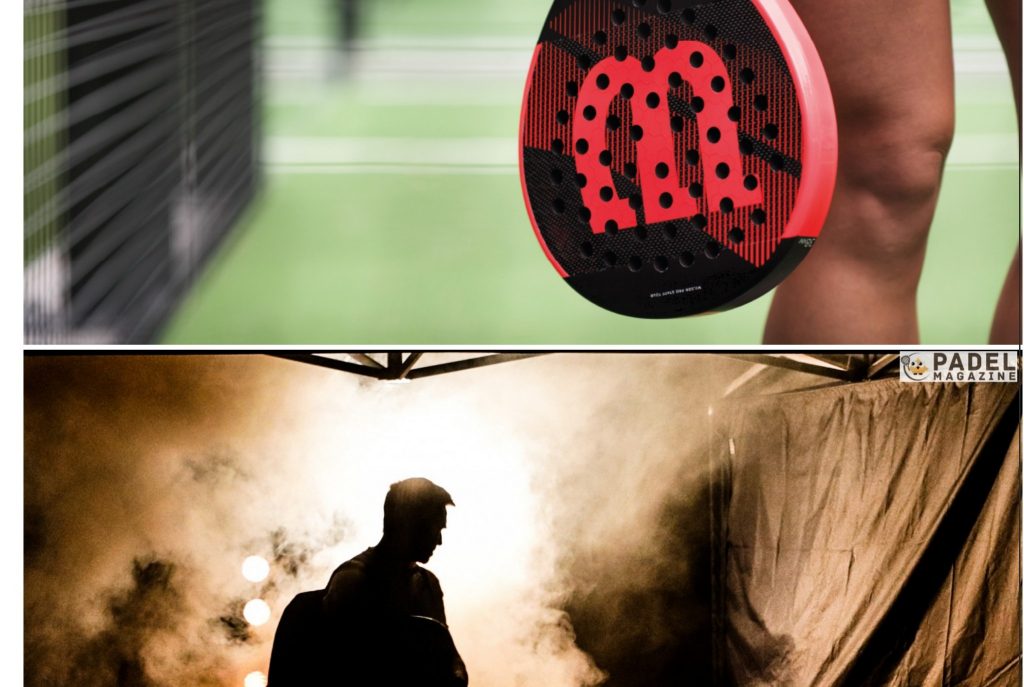
MAJOR BRANDS CONQUERING PADEL
AC: What do you think of the internationalization of padel?
SF: Le padel is opening up internationally. The proof is, Belasteguin has just signed a big sponsorship contract with Wilson. There are so many Spanish brands out there, and it's great to see the big tennis equipment manufacturers like Wilson, Babolat, Adidas etc. Countries are also starting to take an interest in it. If you take the British Federation, they are sponsored by Adidas. These big brands realize that this sport is in full expansion, and if they devote themselves to it it can only be positive for the sport.
EVOLUTION OF WORLD PADEL TOUR
AC: How do you see the World Padel Tour evolve in the years to come?
SF: Le padel is booming across the world. We know that sport is progressing very quickly everywhere, especially in Japan, Egypt, etc ... I find that the World Padel Tour is a bit behind. As most of the pro players are based in Spain, I can understand the bias for Spain.
I think they could quite easily open up to new countries. […] If we schematize a year on the circuit, of the approximately 18 competitions, there will be say 14 in Spain, 1 or 2 in Argentina and perhaps 1 or 2 elsewhere. […] Each country where the sport is developing wishes to organize a round. It's just a question of costs, but also of desire.
We must also continue to develop the padel in clubs. In Spain, it is not uncommon to see pro players training alongside beginners. This accessible side allows amateurs and young people to interact with the players at the Club House.
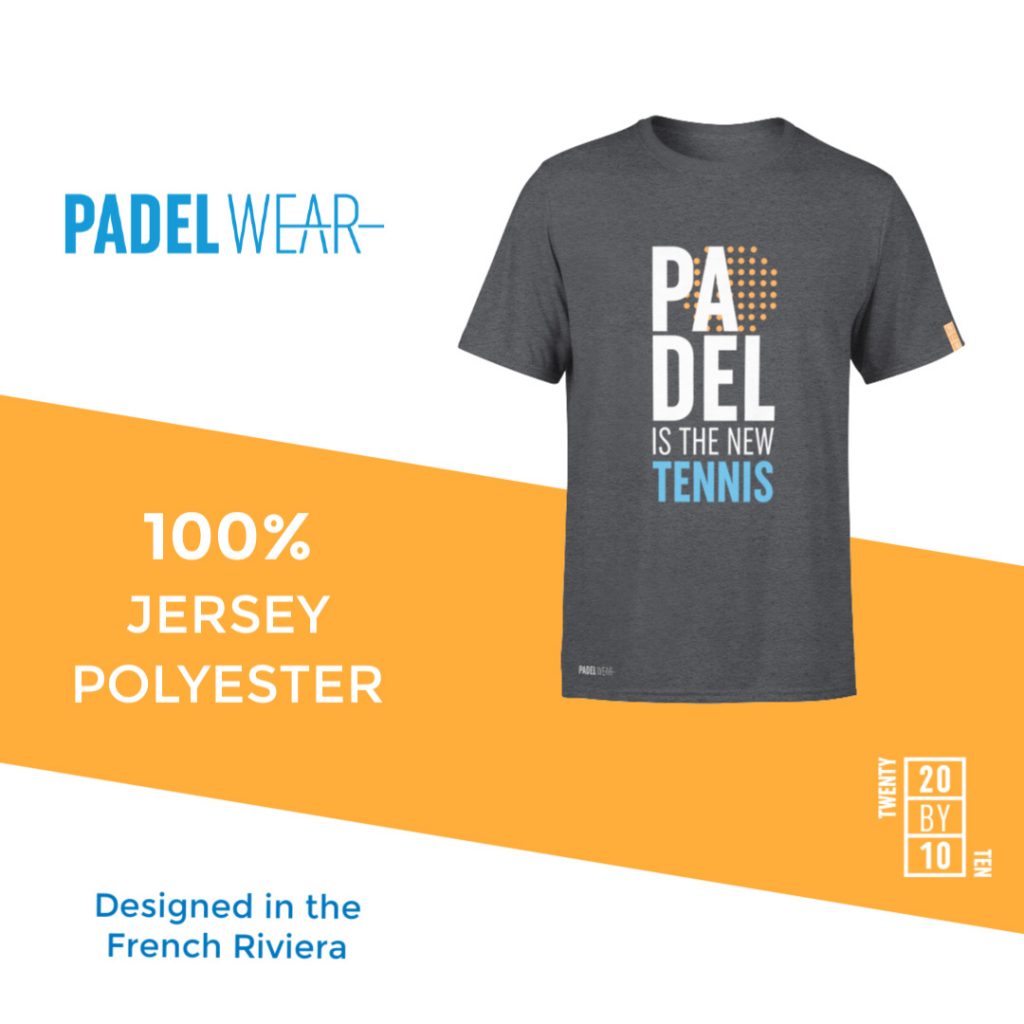
PADEL VS TENNIS
AC: How the padel and tennis will they co-exist in the years to come according to you?
SF: I hope the tennis community will realize that the padel is there to complement it. Once the clubs understand this, then the two disciplines will evolve in symbiosis. In France, for example, the system works well. As there is a real club culture in French tennis, the clubs have decided to promote both sports. We see more and more tennis clubs building tennis courts. padel within their enclosures. (Editor's note: Overall yes, but in reality this two-speed system poses some problems within clubs and Federal policy).
There are a lot of clubs in Europe which have a surplus of tennis courts which they do not use to the best. You can easily convert two tennis courts into four padel, to bring a new flow of members and a new dynamic to a club.
Find the highlights of podcast # 2 with Sandy Farquharson and Alex Cortey, co-founder of the clothing and accessories brand padel eco-responsible Twenty by Ten.
Find the full podcast:
https://www.youtube.com/watch?v=5rvwtCPaItI
https://twentybyten.com/padel-talks/
Discover the new Twenyty by Ten collection: https://twentybyten.com/
The Padel Schools: https://thepadelschool.com/
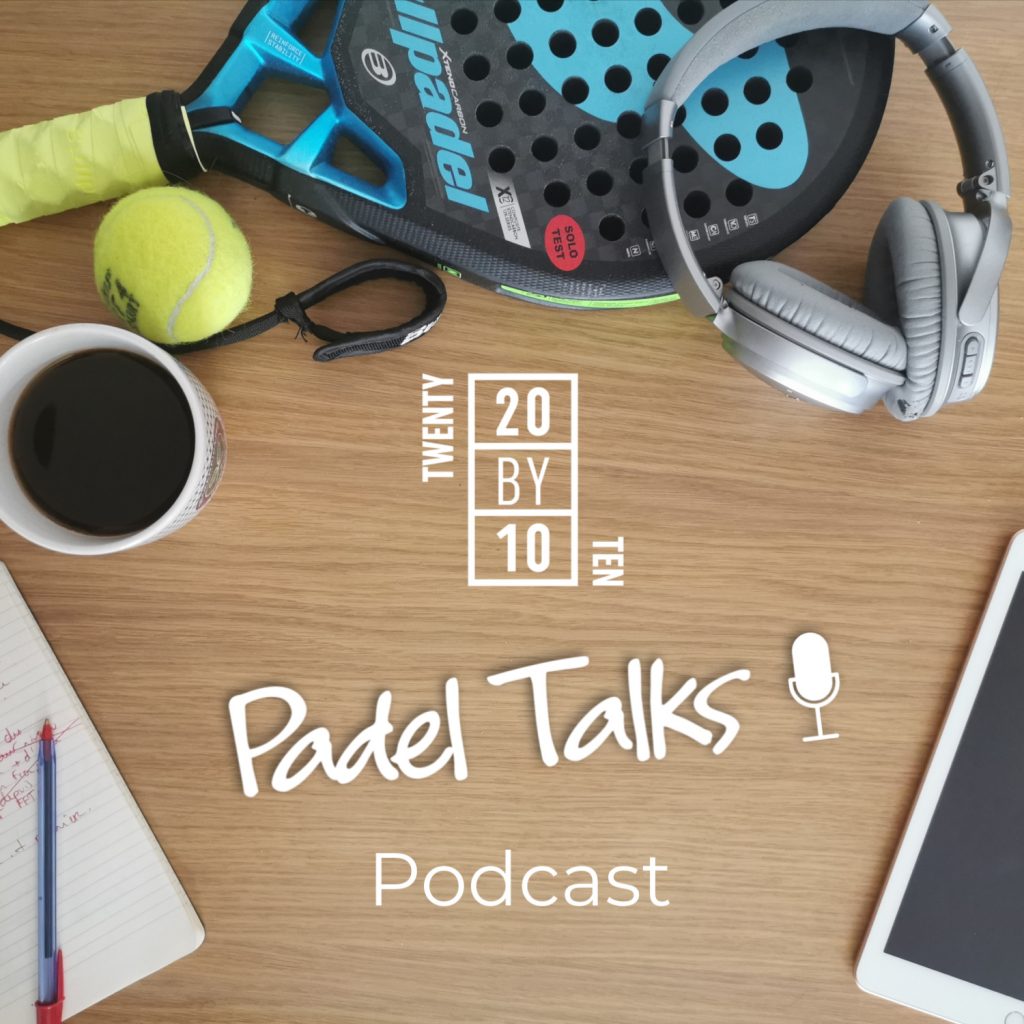
Franck Binisti discovers the padel at the Club des Pyramides in 2009 in the Paris region. Since padel is part of his life. You often see him touring France going to cover the major events of padel French.




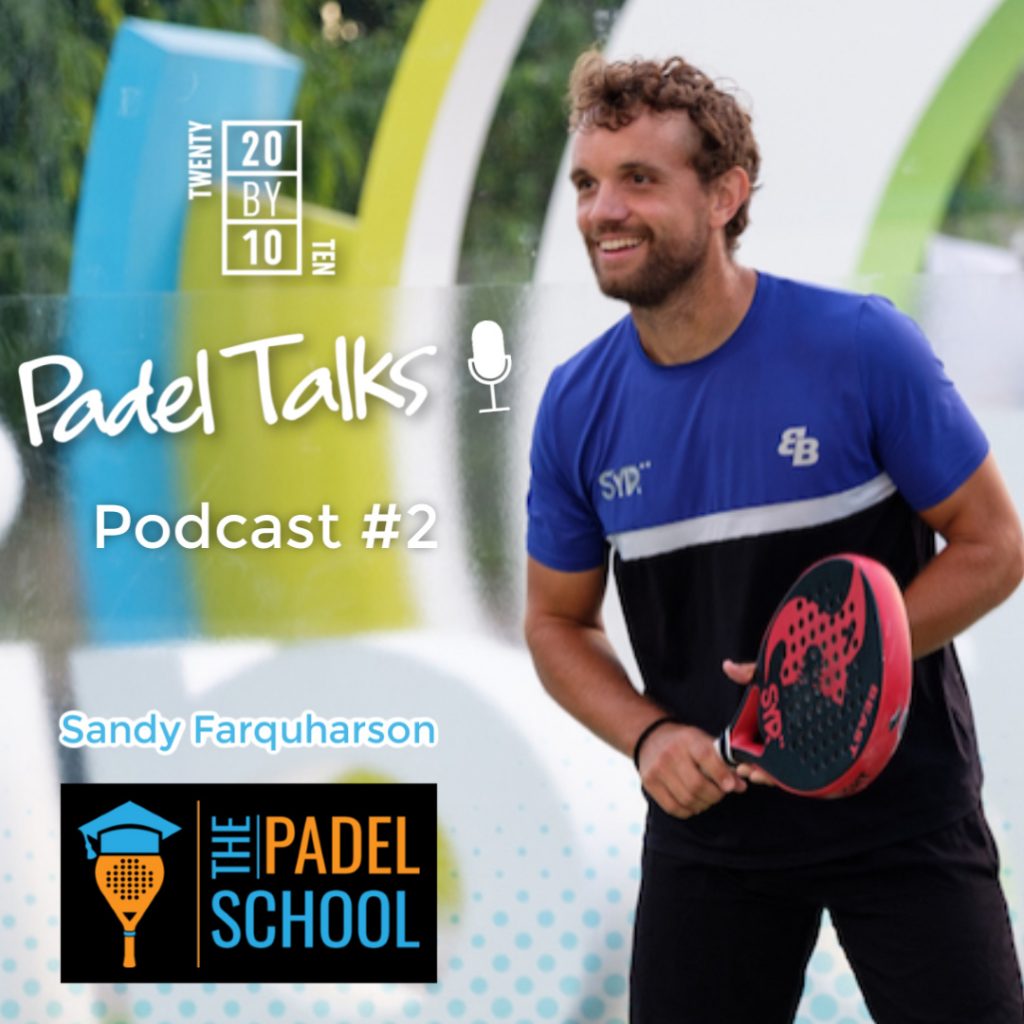
































































































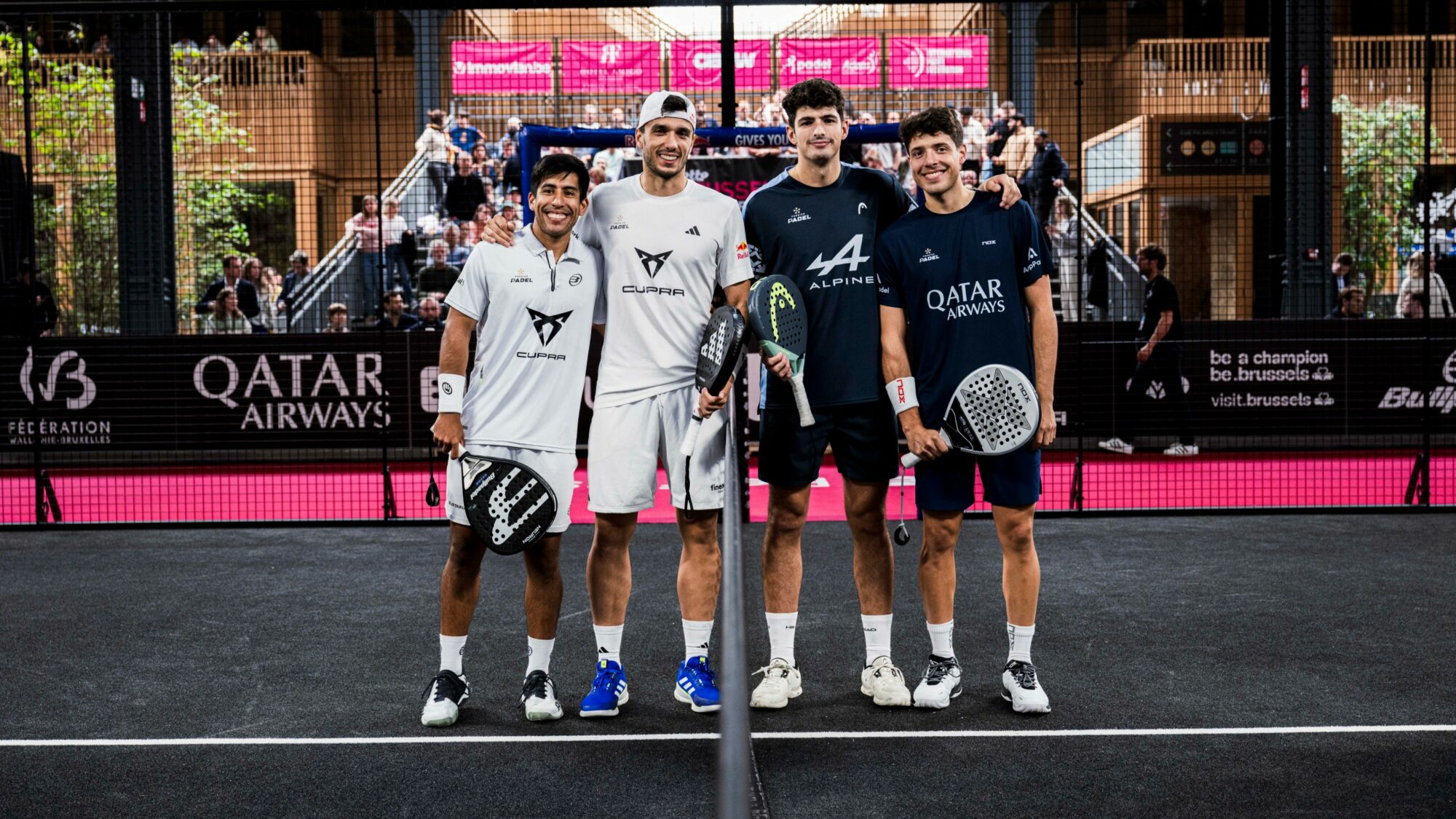 Premier Padel Brussels P2 – A 2.0 version of the final in Chile?
Premier Padel Brussels P2 – A 2.0 version of the final in Chile? P1000 PadelShot Saint-Étienne – Pierre Vincent and Arthur Hugounenq, the kings of the “comeback”
P1000 PadelShot Saint-Étienne – Pierre Vincent and Arthur Hugounenq, the kings of the “comeback”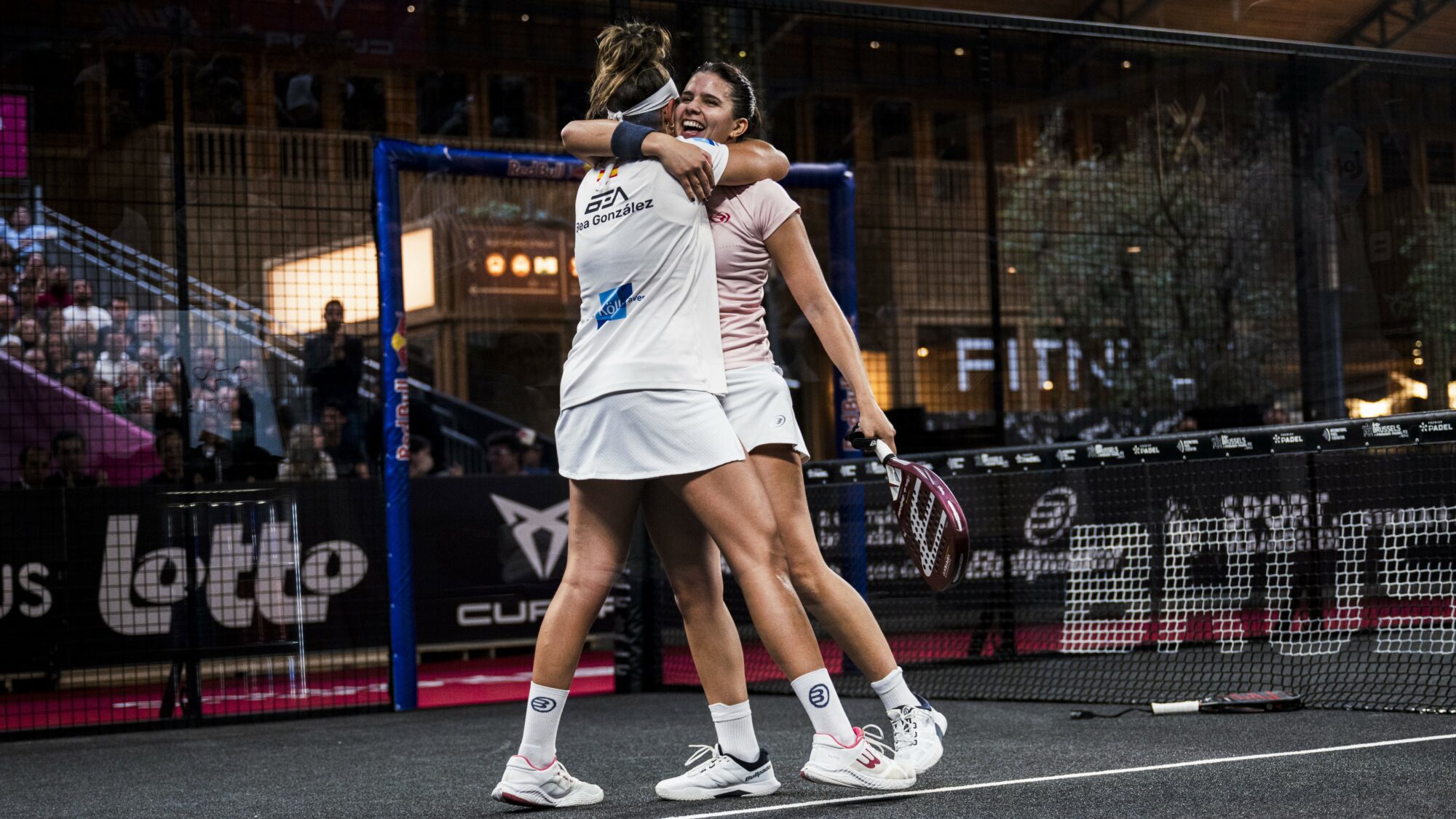 Premier Padel Brussels P2 – Brea/Gonzalez, a tenth title together!
Premier Padel Brussels P2 – Brea/Gonzalez, a tenth title together! Guillaume Codron de Sud Padel : “A family project”
Guillaume Codron de Sud Padel : “A family project” Nallé Grinda: “Democratize the padel in the USA with PadelX "
Nallé Grinda: “Democratize the padel in the USA with PadelX " Simon Boissé: “We know that there are two nations in front of us”
Simon Boissé: “We know that there are two nations in front of us” Marie Maligo: “This period of frequent changes of partners was beneficial for me”
Marie Maligo: “This period of frequent changes of partners was beneficial for me” P1000 PadelShot Saint-Étienne – Watch the Hugounenq/Vincent – Seux/Courrin semi-final live
P1000 PadelShot Saint-Étienne – Watch the Hugounenq/Vincent – Seux/Courrin semi-final live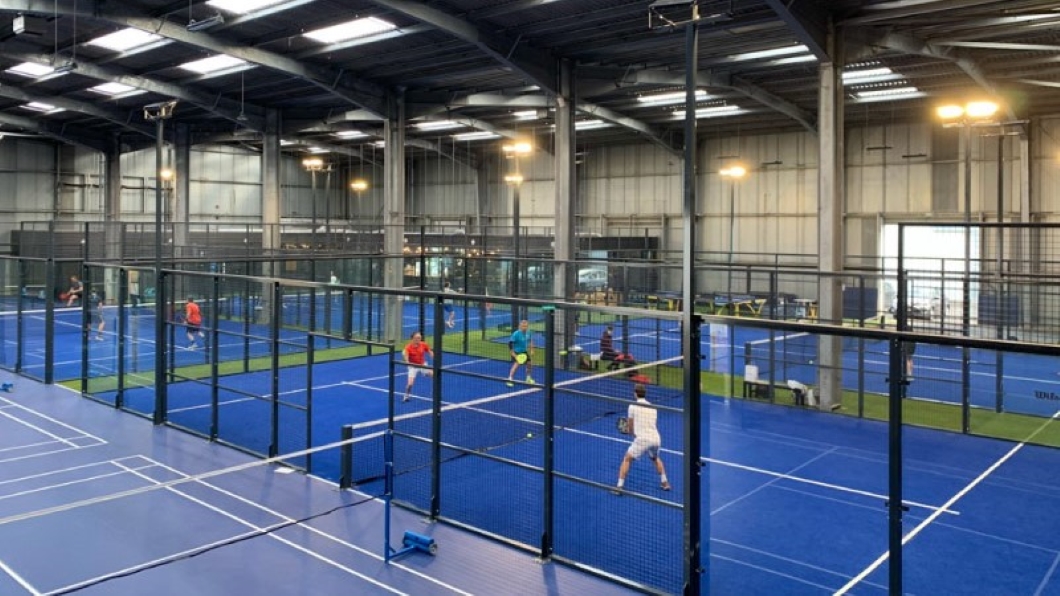 P1000 PadelShot Saint-Étienne – Follow the surprise poster Vincent/Hugounenq – Couturier/Benmergui live
P1000 PadelShot Saint-Étienne – Follow the surprise poster Vincent/Hugounenq – Couturier/Benmergui live The All Star Tour returns on May 16 at the All In in Lyon
The All Star Tour returns on May 16 at the All In in Lyon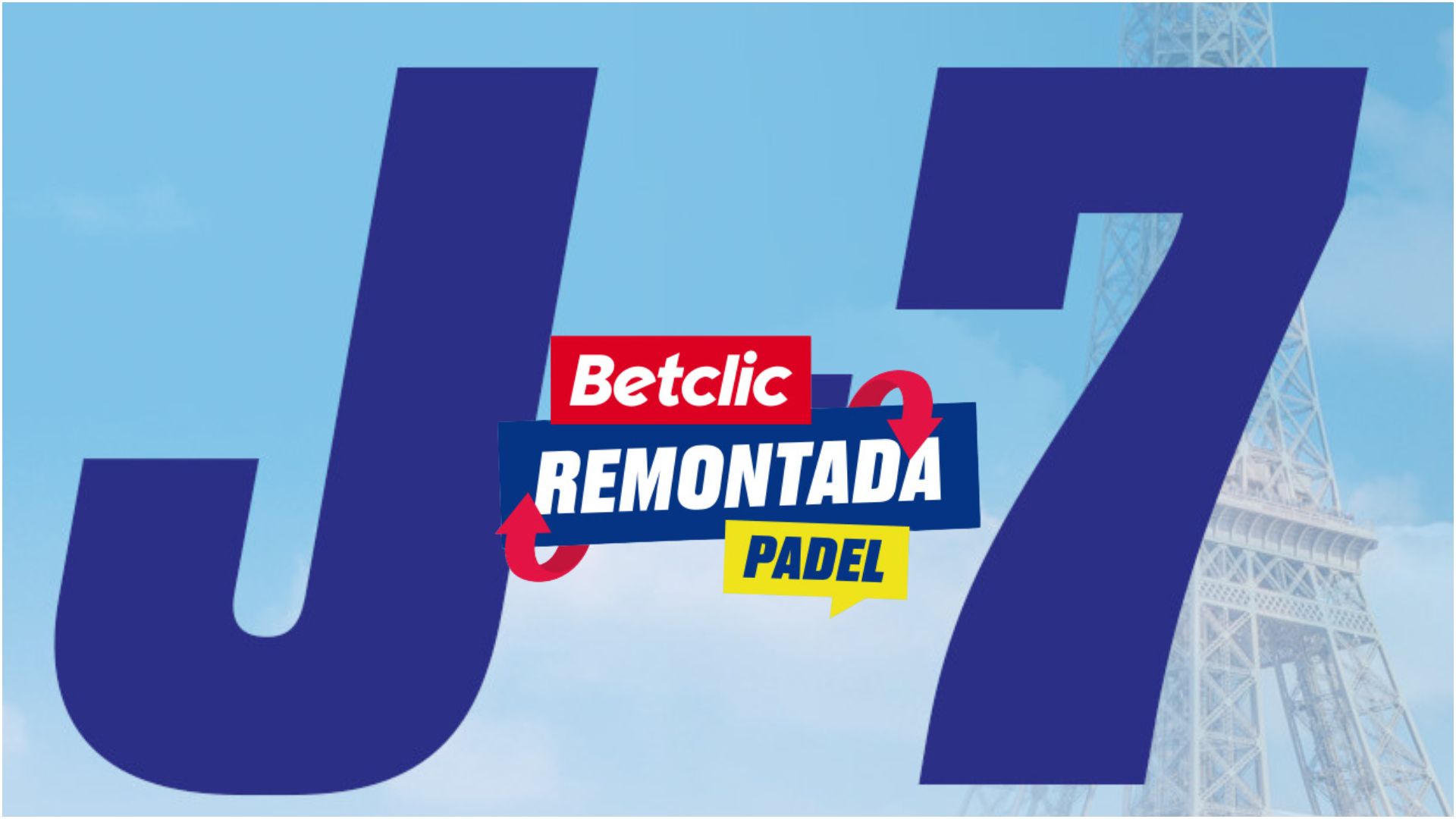 D-7 of the “BetClic Remontada Padel”, at the foot of the Eiffel Tower
D-7 of the “BetClic Remontada Padel”, at the foot of the Eiffel Tower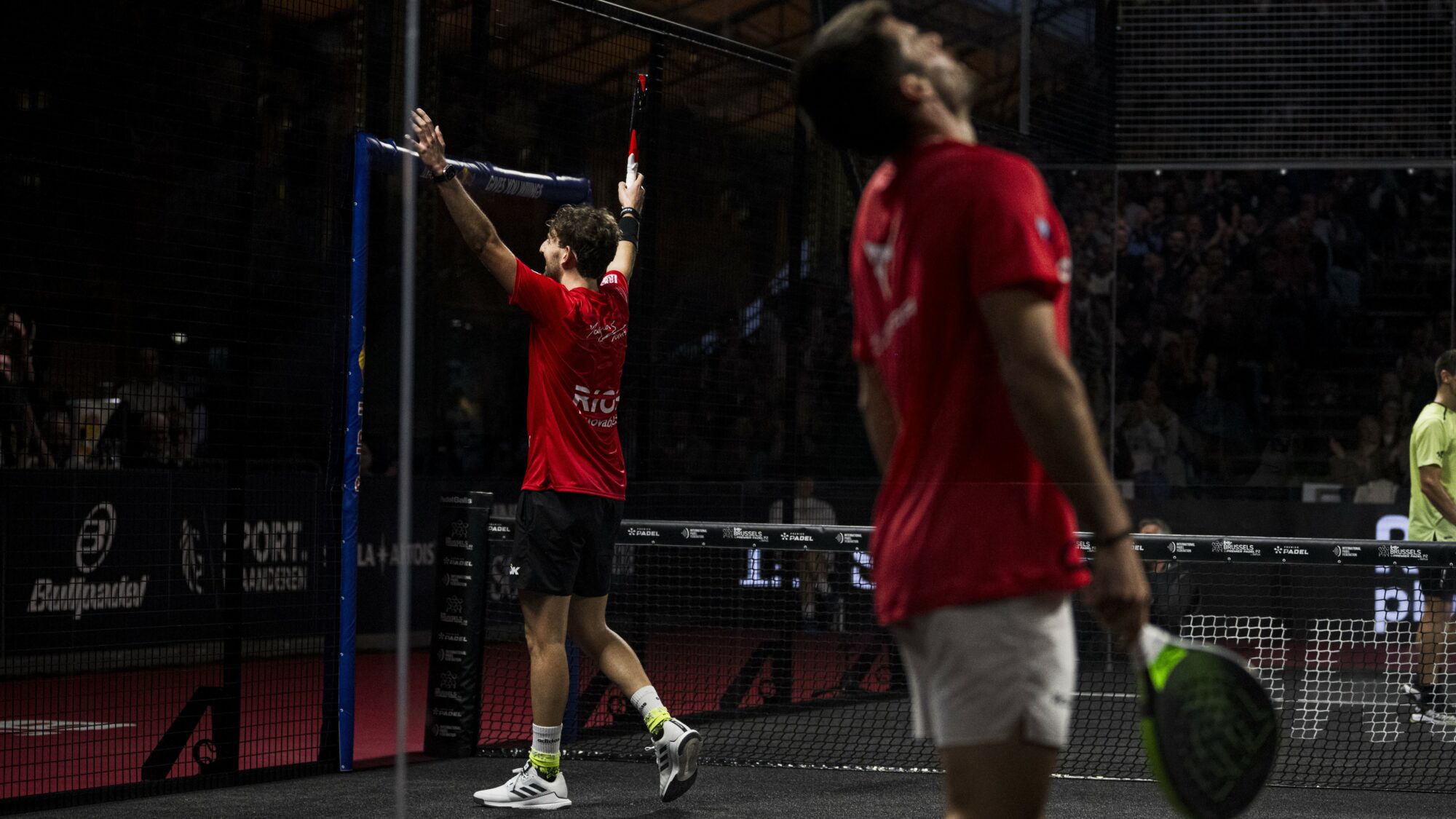 Obviously, Javi Garrido's service does not please Mike Yanguas...
Obviously, Javi Garrido's service does not please Mike Yanguas...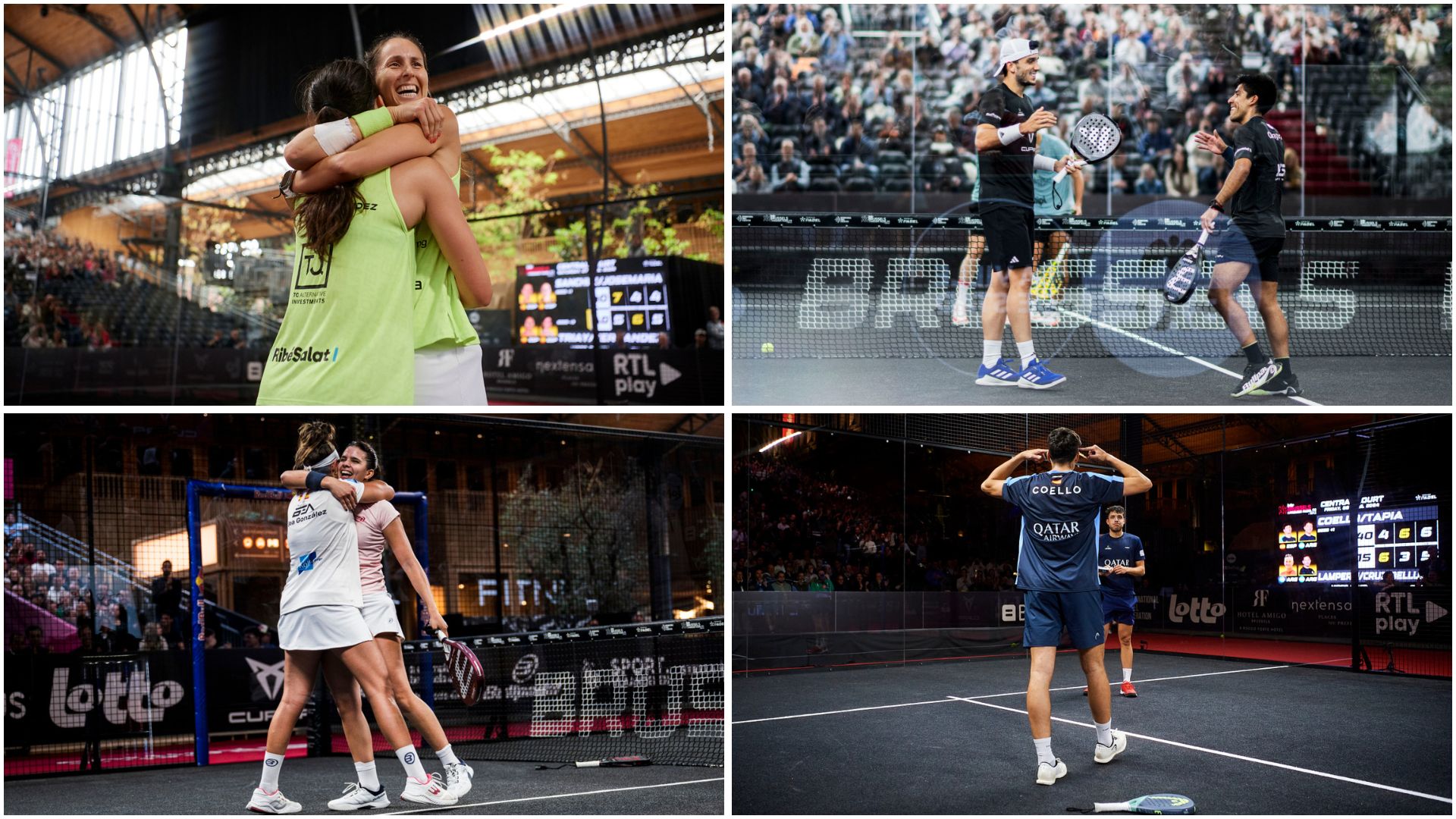 Premier Padel Brussels P2 – It’s time for the long-awaited finals!
Premier Padel Brussels P2 – It’s time for the long-awaited finals!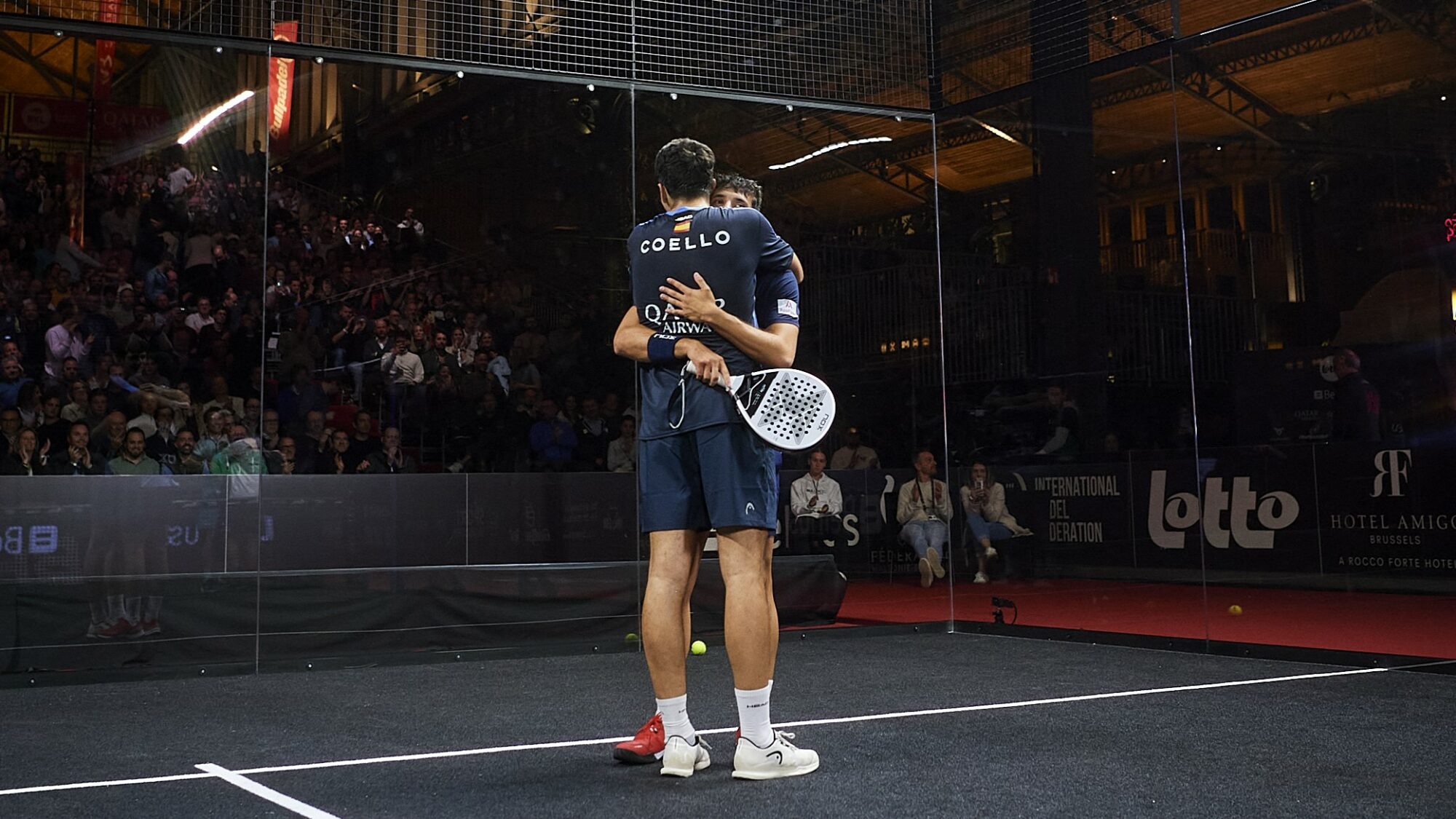 Premier Padel Brussels P2 – Arturo Coello and Agustín Tapia… obviously
Premier Padel Brussels P2 – Arturo Coello and Agustín Tapia… obviously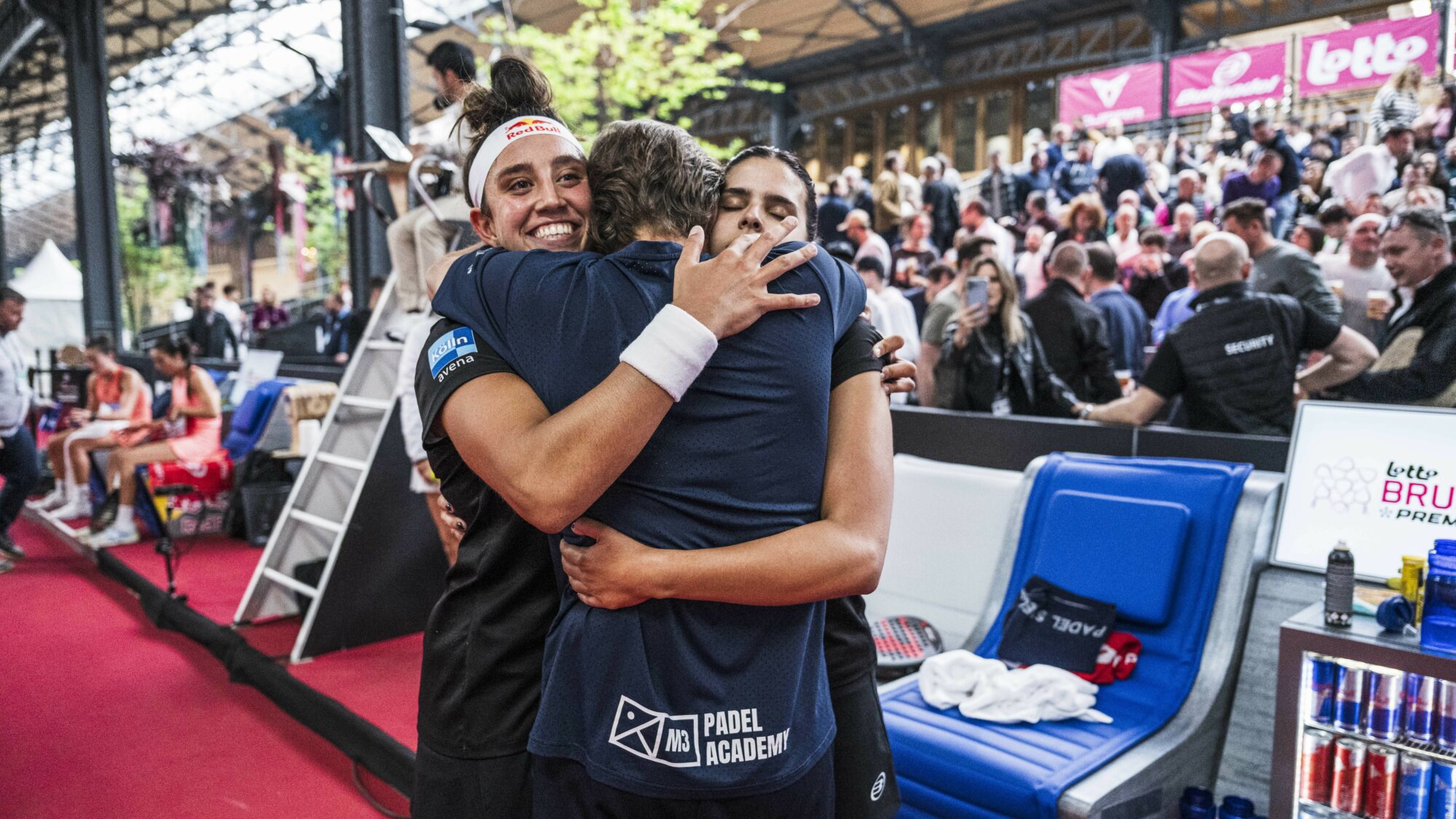 Premier Padel Brussels P2 – Brea/Gonzalez wins the arm wrestling against Salazar/Icardo
Premier Padel Brussels P2 – Brea/Gonzalez wins the arm wrestling against Salazar/Icardo José Manuel Escin at the inauguration of Casa Padel DOS: “Finally, and thank you!”
José Manuel Escin at the inauguration of Casa Padel DOS: “Finally, and thank you!” Padel Score comes to Tahiti for American Express Padel Cup!
Padel Score comes to Tahiti for American Express Padel Cup! Do you know the Rafa Nadal Academy Tour?
Do you know the Rafa Nadal Academy Tour? Play at padel on his yacht? Possible for €233.000!
Play at padel on his yacht? Possible for €233.000!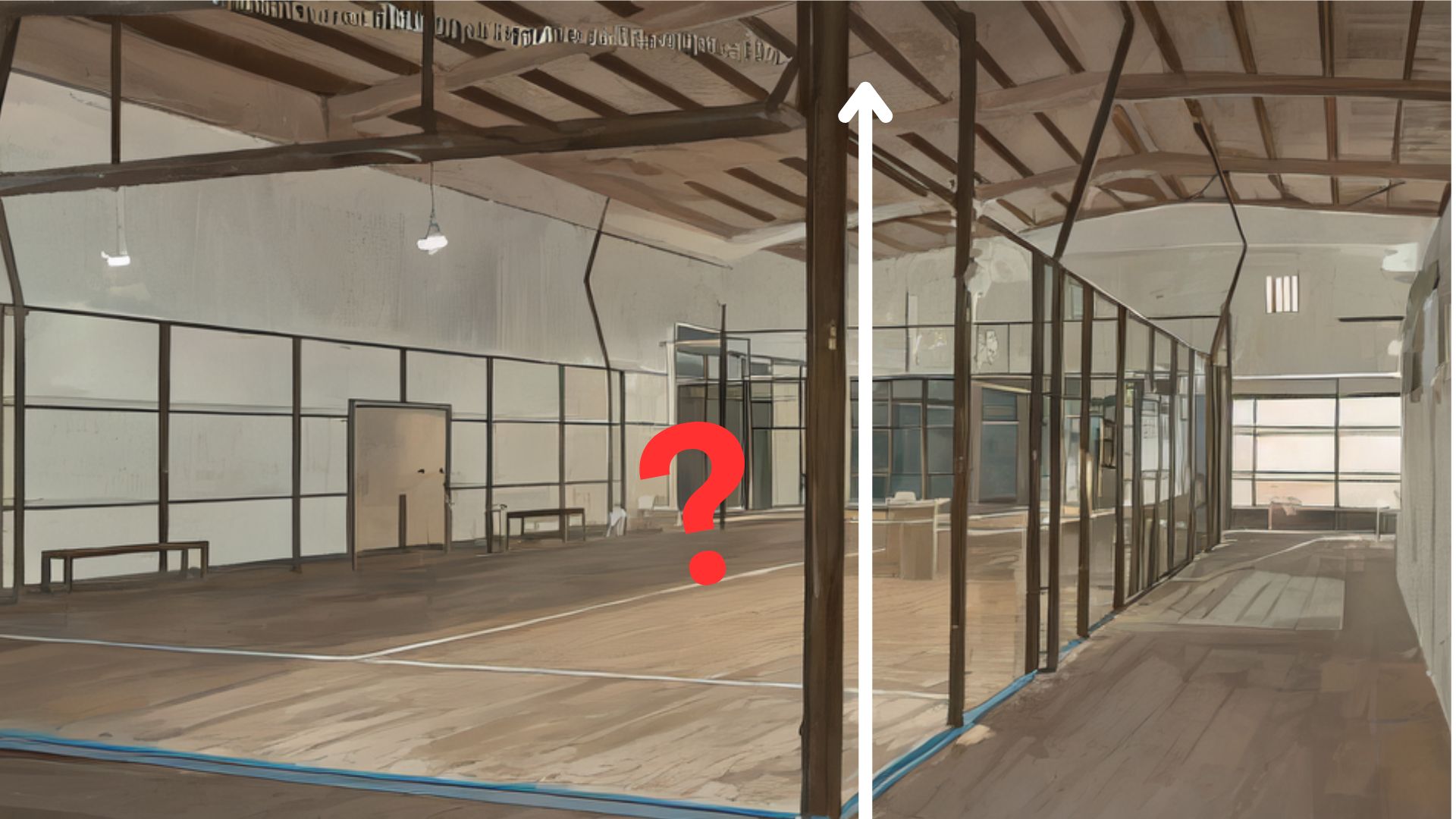 Find out everything about the dimensions of a plot of land padel
Find out everything about the dimensions of a plot of land padel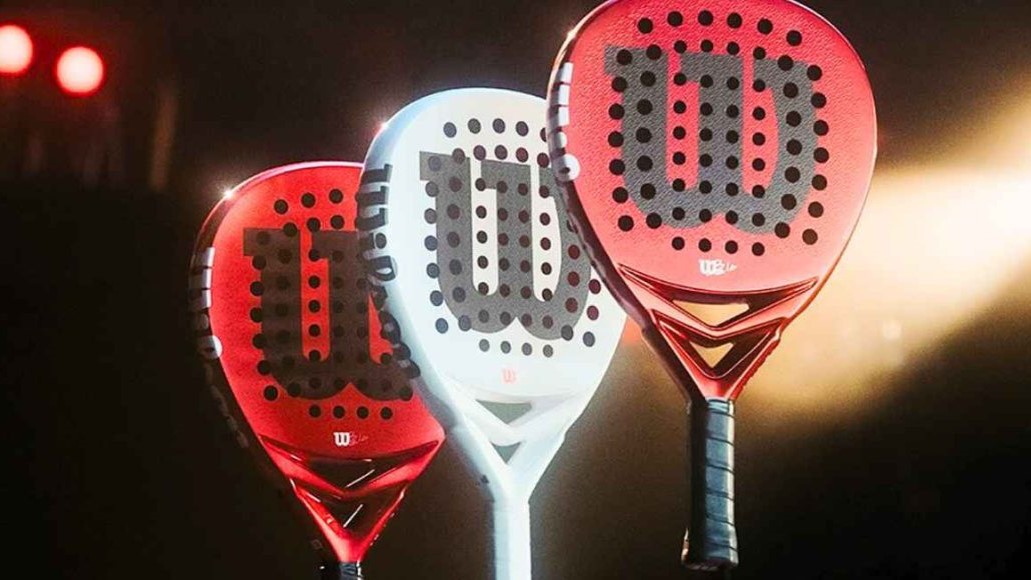 Presentation of the Wilson Bela V2.5 collection
Presentation of the Wilson Bela V2.5 collection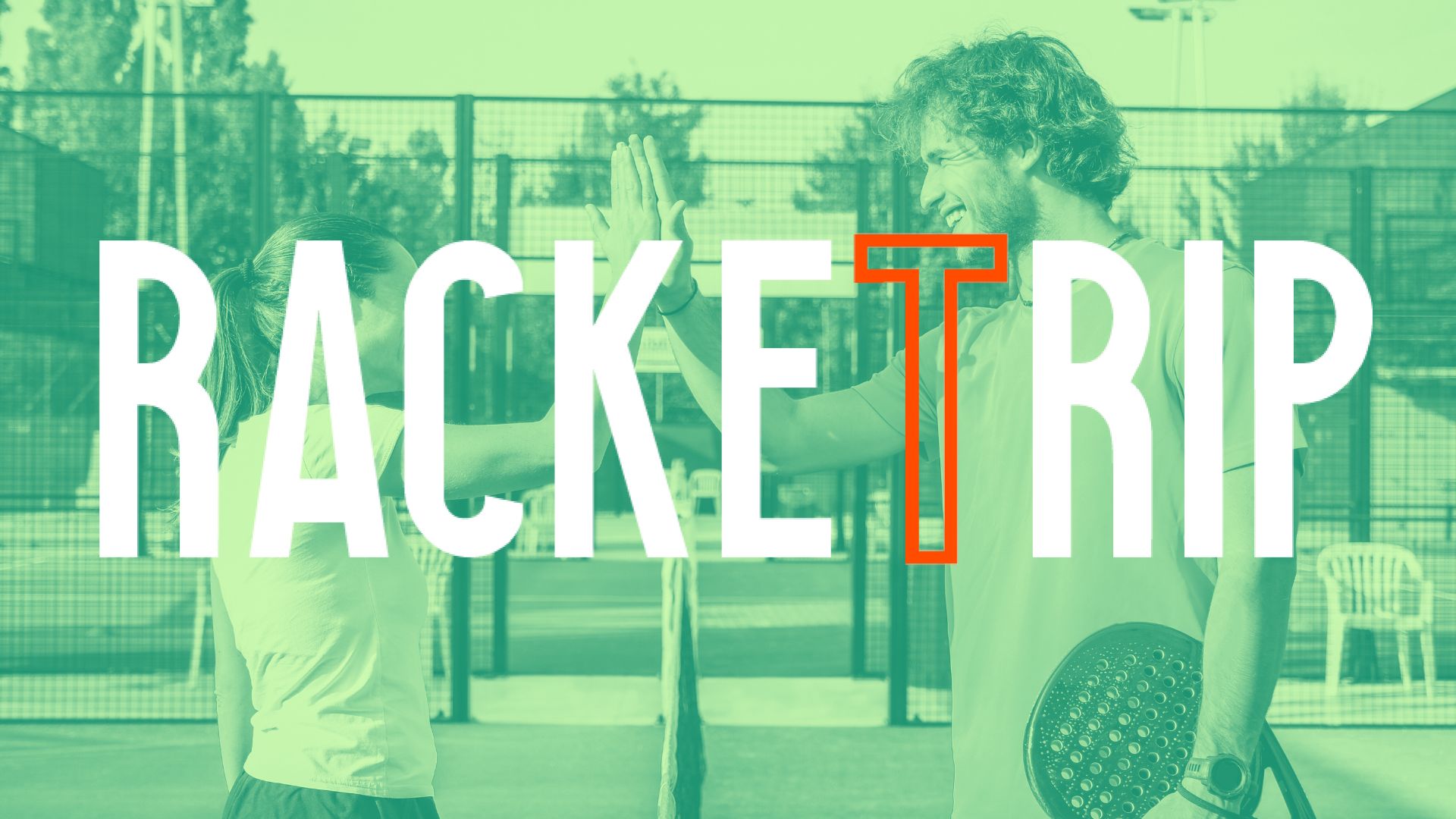 The LinkedIn of racquet sports: Racket Trip
The LinkedIn of racquet sports: Racket Trip The score at padel : manual
The score at padel : manual At the heart of padel – Episode 25: Paul and Andoni answer your questions
At the heart of padel – Episode 25: Paul and Andoni answer your questions At the heart of padel – Episode 23: defend the window well
At the heart of padel – Episode 23: defend the window well Prohibition on playing topless Padel : the reasons
Prohibition on playing topless Padel : the reasons FIP Tour – Going far from Europe, THE strategy to earn points!
FIP Tour – Going far from Europe, THE strategy to earn points! What is a good football player? padel ?
What is a good football player? padel ? “Lefties give me headaches when I play against them!”
“Lefties give me headaches when I play against them!” At the heart of padel – Episode 14: how to earn points in winter?
At the heart of padel – Episode 14: how to earn points in winter? The basic tactics of padel
The basic tactics of padel A par 4 is always a winner...even if you manage to defend it!
A par 4 is always a winner...even if you manage to defend it! Carbon fiber VS fiberglass: what to choose?
Carbon fiber VS fiberglass: what to choose? How to effectively test a racket padel ?
How to effectively test a racket padel ? La padel to fight Parkinson's disease
La padel to fight Parkinson's disease Don't play with a cracked or broken racket, your body will thank you!
Don't play with a cracked or broken racket, your body will thank you! Michel Cymes: “The padel, physically, it’s serious!”
Michel Cymes: “The padel, physically, it’s serious!” Our Top 10 training courses padel in France and Europe
Our Top 10 training courses padel in France and Europe Jeremy Gala: “Promote the padel among young people in Belgium remains a challenge”
Jeremy Gala: “Promote the padel among young people in Belgium remains a challenge” The French Touch Academy organizes its selection day Padel-Study
The French Touch Academy organizes its selection day Padel-Study Report on the detection and training of younger generations
Report on the detection and training of younger generations